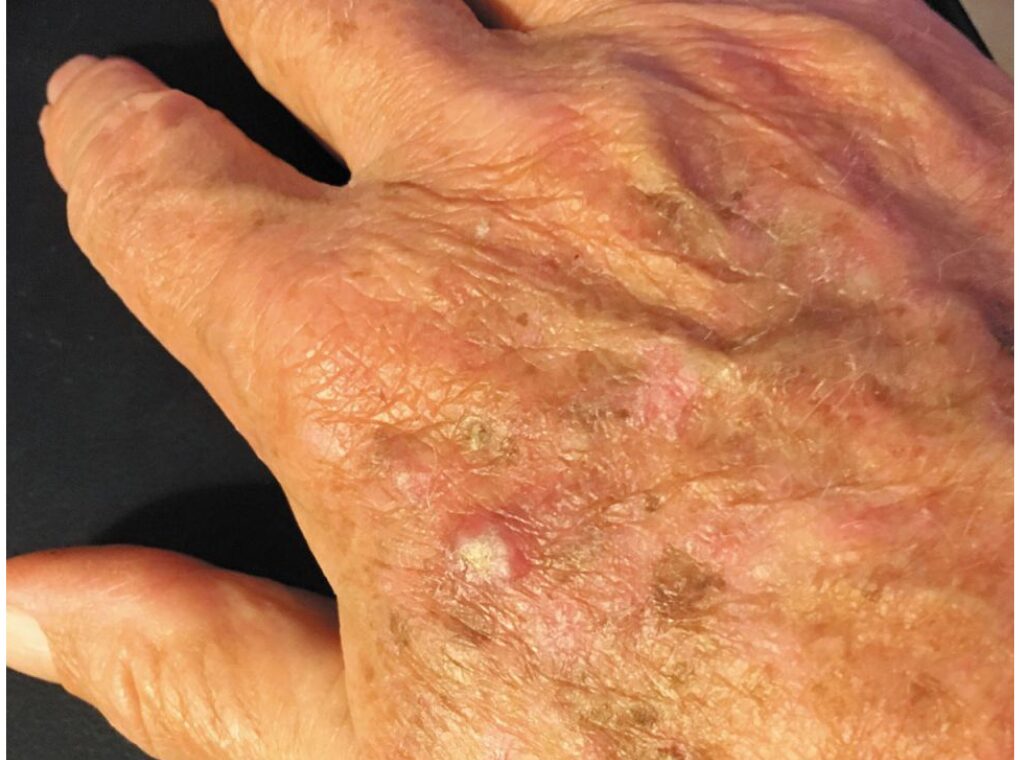A recent study has revealed a significant global rise in skin cancer cases over the past three decades, particularly affecting older adults, with elderly men facing the highest risk.
Researchers from the First Affiliated Hospital of Chongqing Medical University in China attributed this sharp increase to both global population growth and ageing. The study also found that countries with higher sociodemographic index (SDI) levels are experiencing a disproportionately larger burden of skin cancer.
“The older population—especially men and those in high-SDI nations—are facing a rapidly increasing skin cancer burden,” the researchers noted in their findings, published in JAMA Dermatology. They emphasized the urgent need for improved prevention and treatment strategies tailored to high-risk groups.
The study analyzed data from the Global Burden of Diseases 2021 report, which includes information from 204 countries and territories. In 2021 alone, about 4.4 million new skin cancer cases were recorded in individuals aged 65 and above. These included melanoma, squamous cell carcinoma, and basal cell carcinoma.
The incidence of squamous cell carcinoma, which begins as an abnormal growth of skin cells, rose by approximately 2% annually from 1990 to 2021. Similarly, basal cell carcinoma, commonly found on sun-exposed areas like the face, and melanoma—the most dangerous form of skin cancer—also saw consistent increases.
Among the three types, squamous cell carcinoma contributed the most to the loss of healthy years (measured in disability-adjusted life years or DALYs) by 2021, compared to 1990 levels.
New Zealand and Australia reported the highest rates of melanoma in individuals aged 65 and older. Meanwhile, East Asia saw the fastest increase in basal cell carcinoma cases between 1990 and 2021, with annual incidence, prevalence, and DALY rates growing by over 6%.
“These results underscore the pressing need for focused preventive measures and better resource allocation to confront the escalating skin cancer challenge in ageing populations,” the researchers concluded.
